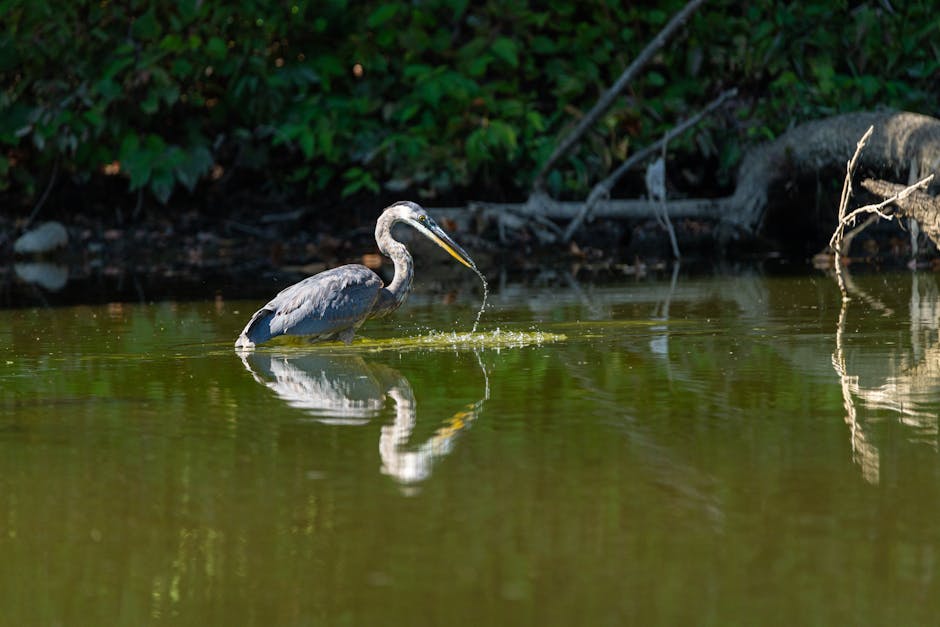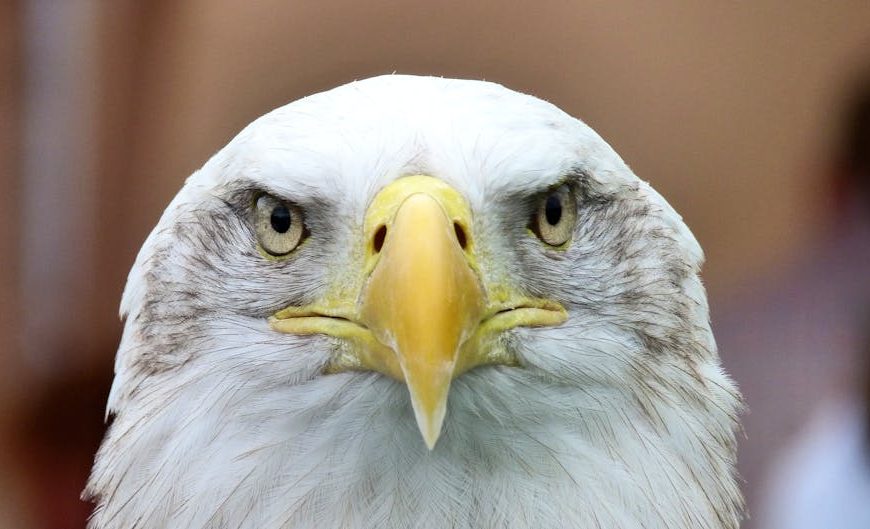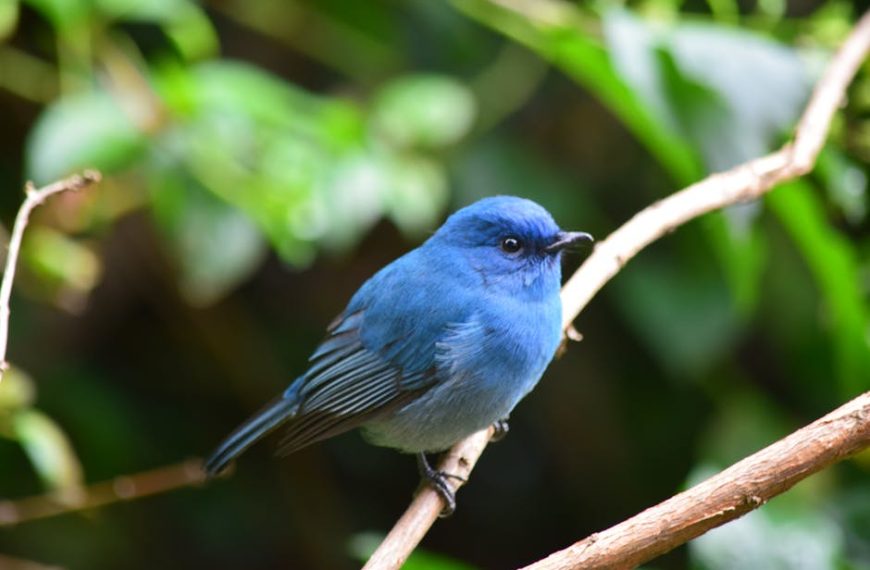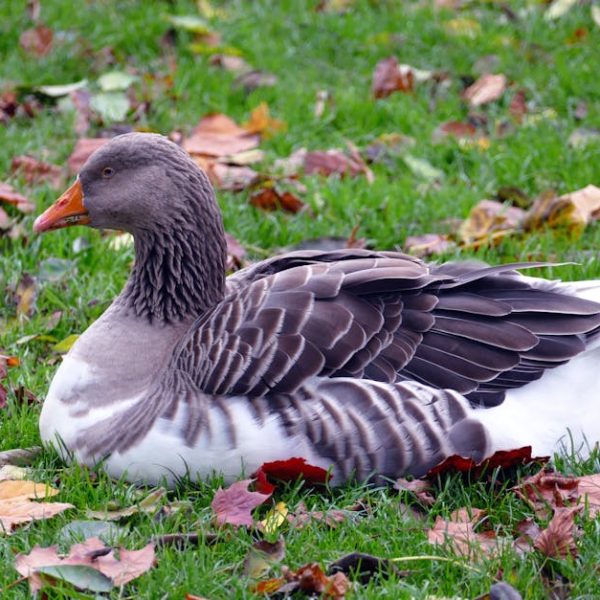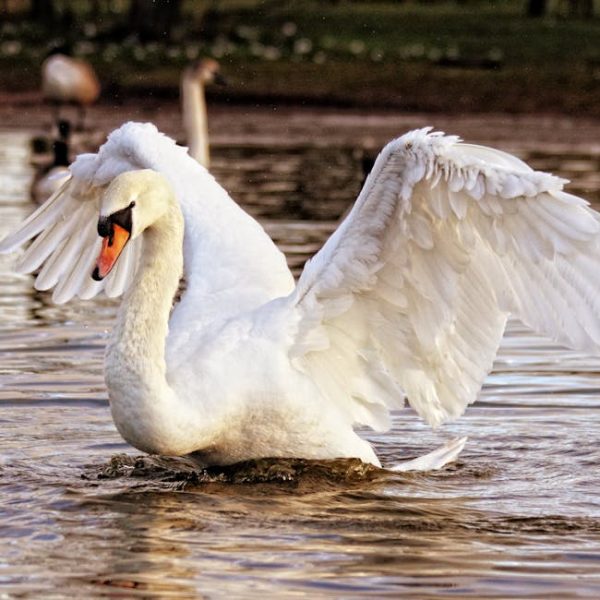Birds are fascinating creatures, each presenting unique adaptations to survive in their particular niches. One such adaptation manifests in their locomotion, especially when negotiating the ground environment. Essentially, birds either walk or hop. It’s as simple as that. But is it? This article explores the reasons behind why some bird species prefer to hop while others choose to walk, delving into the implications of this preference on their survival, behavior, and evolution.
Differences in Bird Species and Their Locomotion
Bird species are impressively diverse, numbering over ten thousand across the globe. Each species distinctively interacts with its environment, which includes their ground movement. Take sparrows and crows, for instance – the former hop about in quick bursts, while the latter stride confidently across landscapes. The distinction in their ground locomotion arises from their physical characteristics and environmental interactions, both crucial factors in their survival.
Pro Tip: The disparity in movement is often connected to the species’ natural habitats and its survival demands.
Evolutionary Aspects of Bird Movement
A species’ evolution undoubtedly influences its behavior, including how it moves. Pigeons, for example, walk due to their domestication. Contrarily, birds like robins primarily hop, an evolutionary choice reflecting their wild habitats. Various factors have steered this evolutionary choice: the age of the species, their environment’s influence, and factors promoting survival and propagation.
Checkpoints: Age of species, influence of habitat, survival, and propagation aspects.
Anatomical and Physiological Influence on Bird’s Locomotion
The physical structure of birds also plays a role in how they navigate their terrestrial surroundings. Consider the flamingo and the penguin. Each bird possesses unique body stability and leg morphology affecting its locomotion. Their physical characteristics like body weight, leg length, and joint mobility are instrumental in their movement choice.
Best Practice: Paying attention to a bird’s physique can hint at its preferred movement style.
Impact of Habitat on Bird Movement
A bird’s natural environment is a significant determinant of its ground locomotion. Birds living in dense woodland like robins or jays might find it advantageous to hop, navigating around obstacles with agility and speed. On the contrary, birds like ducks or geese, who thrive in open areas, may find walking more advantageous, covering more considerable distances efficiently.
Pro Tip: Birds in woods or forests frequently hop, while those in grasslands or watersides tend to walk. This is a general observation and can vary.
The variety in bird locomotion is thus shaped by multiple factors, including evolutionary aspects, anatomical constructs, environmental influence, and behavioral traits, all intricately interwoven. For birdwatchers and ornithologists, understanding this locomotive choice helps better comprehend the bird world and its myriad species. How? Keep reading, bird enthusiasts.
Anatomical and Physiological Influence on Bird’s Locomotion
Why do pigeons gracefully stride across city sidewalks, whereas sparrows energetically hop their way through gardens? The birds’ distinct anatomical and physiological traits are largely responsible. Bird species vary greatly in their physical structures, which directly influences their preferred mode of locomotion.
Birds with long legs and solid joints, such as herons and crows, find it easier to walk or run. They have a stable center of gravity which allows them to move each foot independently, maintaining balance even with shifting terrain.
Conversely, birds with shorter legs and flexible ankle joints, like sparrows and buntings, find hopping more effective. Hopping enables them to move quickly through dense grass or foliage, where walking would be cumbersome.
Checklist for Observing Anatomical Factors:
- Leg length: Does the bird have long or short legs?
- Joint mobility: How flexibly can the bird move its leg and foot joints?
- Body Weight: Is their body relatively lightweight or heavy?
Best Practice: Observing the physical structure of a bird can often provide clues about its preferred mode of ground movement.
Impact of Habitat on Bird Movement
A bird’s natural habitat is a massive determinant of whether it will be a hopper or walker. The habitat’s environmental characteristics dictate both the practicality and the necessity of one form of movement over another.
Birds living in dense woodlands or forests, like wrens and robins, often adopt a hopping style. The quick darts enable them to navigate detritus-strewn or branch-littered forest floors more nimbly.
On the other hand, species inhabiting open grasslands or waterside areas such as geese or pigeons opt to walk. In these sweeping, open spaces, walking offers a more energy-efficient way to traverse larger distances.
Pro Tip: Noticing the bird’s natural environment can lend insights into why it might prefer to walk or hop.
Behavioural Traits and Movements in Birds
Lastly, a bird’s behaviour and lifestyle can often dictate whether it chooses to walk or hop. For instance, birds like finches or sparrows that forage for seeds in the undergrowth often hop – the movement provides rapidfire changes in perspective, helping them spot hidden food.
Meanwhile, predatory birds such as herons or egrets stalk their prey slowly and steadily, making walking ideal. Walking allows these birds to remain silent and less detectable, increasing their hunting success.
Best practice: Watch a bird’s behaviour carefully. Is it foraging, hunting, or socializing? Does it frequently change direction or maintain a steady course? These behavioral patterns can often indicate whether a bird will walk or hop.
List of Common Bird Behaviours and Corresponding Movement Techniques:
- Foraging in undergrowth or thick foliage: Hopping
- Predatory stalking: Walking
- Navigating through crowded bird colonies: Both Hoping and Walking can be used, depending on the species and the specific situation.
The variances in bird locomotion are numerous and intriguing, reflecting a harmonious mix of evolutionary adaptations, anatomical design, habitat demands, and behavioural quirks. For bird enthusiasts and ornithologists, parsing the nuances of these movements can offer a deeper understanding and appreciation of our feathered friends. So next time you spot a bird hopping or striding across your path – spare a thought for the complex factors shaping its every move. Happy bird watching!
Key Takeaway:
- Bird species show diversity in their ground locomotion, either hopping or walking, often influenced by their natural habitats and the demands of survival in those environments.
- Their locomotion mode is also determined over time by evolutionary adaptations, taking into account their age, the influence of their habitat, and factors promoting survival and propagation.
- Anatomical constructs also affect their movement; body weight, leg length, and joint mobility are critical factors that distinguish their locomotive preference.
- The bird’s environment and natural habitat are significant determinants of their movement. Birds residing in dense forests often hop, while those in open areas like grasslands prefer to walk.
- Behavioral traits, like feeding methods, predator avoidance techniques, and social conduct, can also drive the need to either walk or hop.
Birds are a charade of impacted evolutionary aspects, anatomical constructs, environmental demands, and behavioural traits, all leading to the diversity of locomotion we see — either walking or hopping — across different bird species. Understanding this gives us a richer perspective into the bird world and its myriad species. So the next time you’re bird-watching, observe their movement, and remember the multitude of factors influencing their locomotion.
FAQs
Q: Why do certain bird species prefer to hop rather than walk?
A: Birds with shorter legs and flexible joints, living in dense forests or undergrowth, or birds that need quick, erratic movements while feeding generally prefer hopping as it suits their unique needs better.
Q: Are there birds that can both hop and walk?
A: Yes, there are bird species that can both hop and walk. The behavior often depends on the bird’s specific situation, like its feeding method or its need to evade predators.
Q: How have evolutionary adaptations affected bird movement?
A: Bird movement has been influenced by factors such as the age of the species, their habitat’s influence, and factors promoting their survival and propagation. For instance, pigeons tend to walk more due to their domestication, while robins primarily hop, an evolutionary choice reflecting their wild habitats.
Q: How does a bird’s anatomy influence its movement?
A: A bird’s physical structure plays a crucial role in determining its preferred method of ground locomotion. Birds with longer legs and solid joints find it easier to walk or run, while those with shorter legs and flexible ankle joints usually find hopping more effective.
Q: How does a bird’s habitat influence its preferred style of movement?
A: Birds living in dense woods or forests, due to the nature of the terrain, often adopt a hopping style for better agility and speed. On the other hand, birds living in open grasslands or waterside areas generally prefer to walk, using it as a more energy-efficient way to traverse larger distances.
Feel free to share this insightful piece with other bird enthusiasts and check our website for more such informative and fascinating posts!
